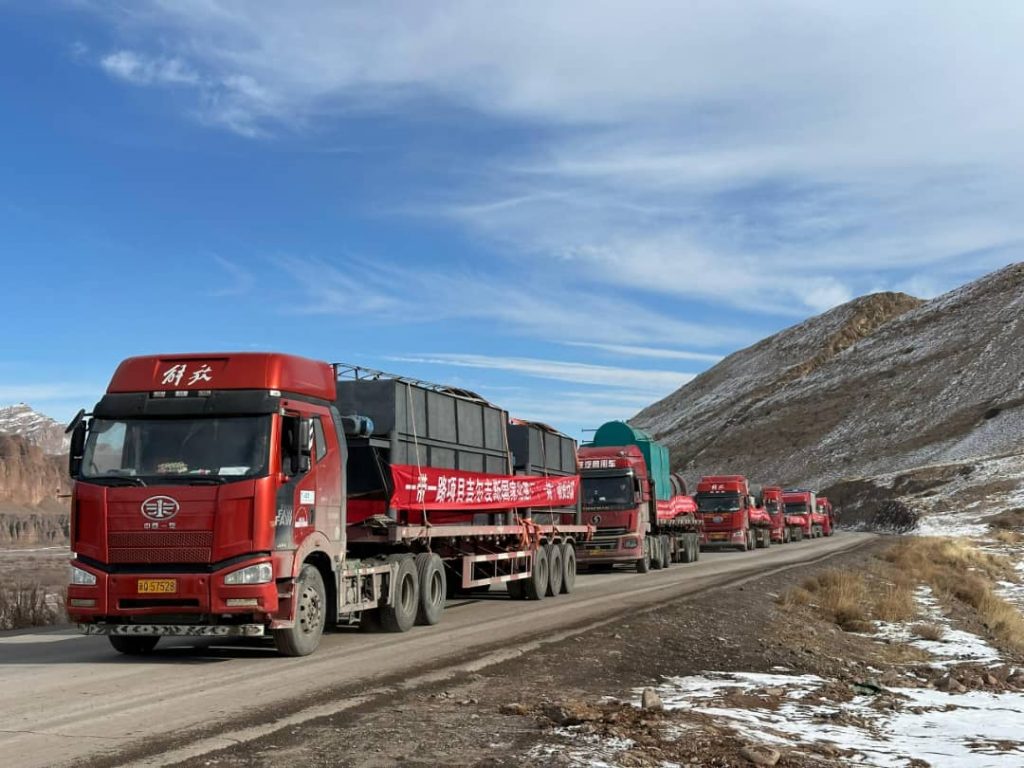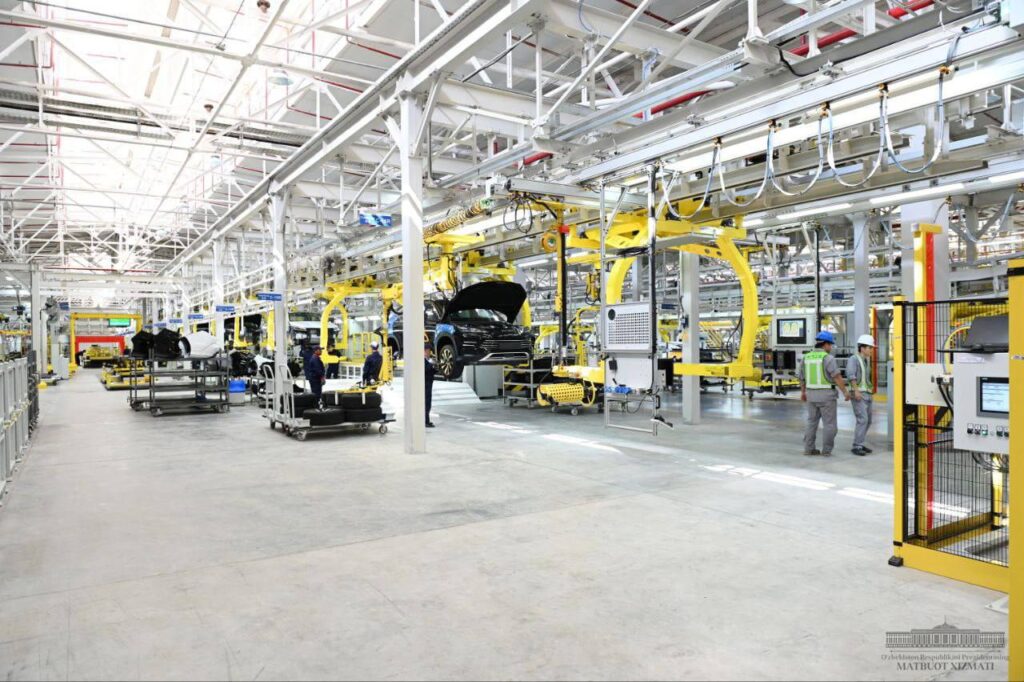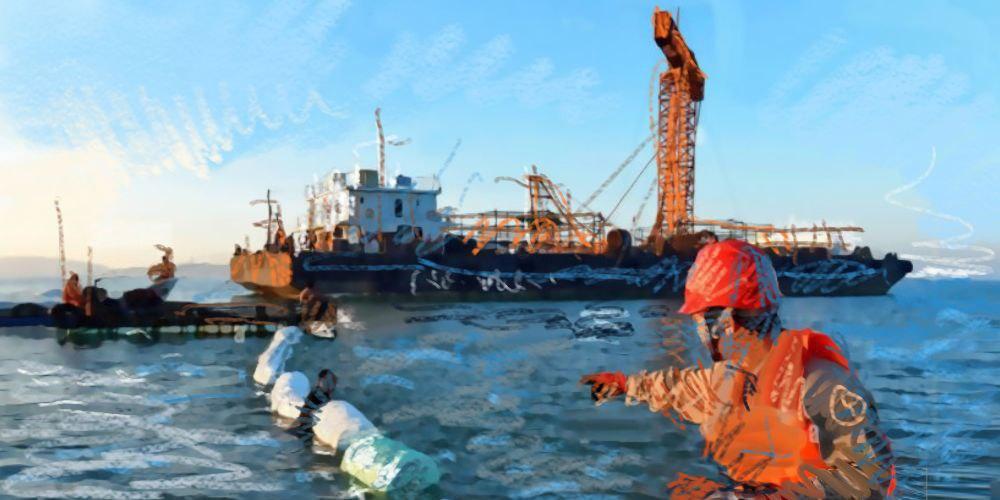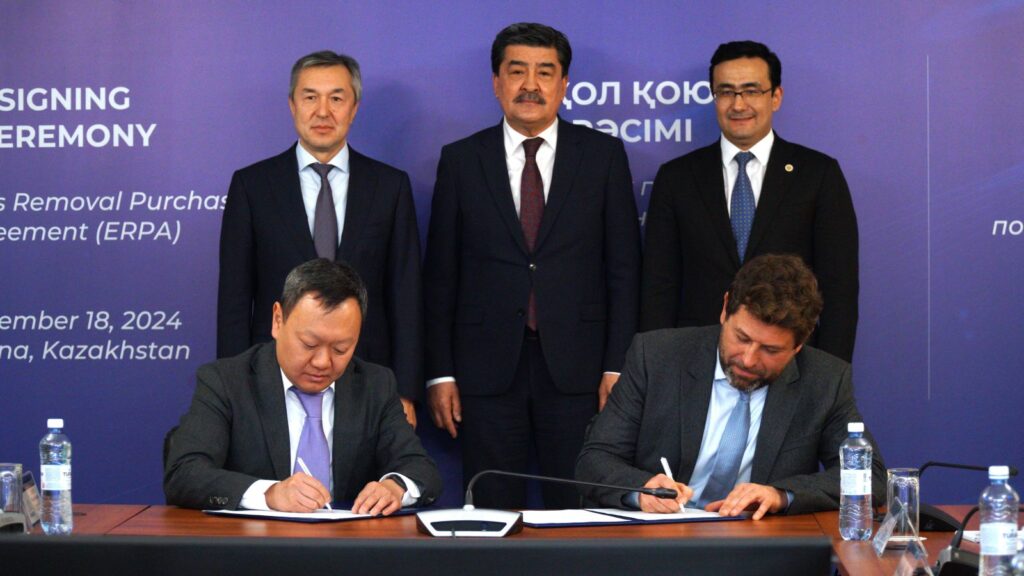Although Kazakhstan is a major producer of all fossil fuels – coal, crude oil, and natural gas – it also has the capacity to secure its energy future by prioritizing renewable energy. Fully aware of that, the European Union – one of the former Soviet republic’s most significant trade partners – aims to strengthen its energy ties with Astana, hoping to begin importing not only “green electricity” from the Central Asian nation, but also green hydrogen.
On November 25, at Nazarbayev University in Astana, the “Energy in Transition – Powering Tomorrow” traveling exhibition was held, and one of the major topics discussed by energy experts was green hydrogen – hydrogen produced using renewable energy sources such as solar and wind power. It is unlikely a pure coincidence that the German Federal Foreign Office initiated the event. Over the past few years, Germany has shown interest in the development of the Kazakh green hydrogen sector.
The most prominent green hydrogen project in Kazakhstan is currently being developed by Hyrasia One, a subsidiary of the German-Swedish energy company, Svevind. In 2021, the company announced its plans for €50 billion ($55 billion) green hydrogen project in the Mangystau Region in western Kazakhstan. It is expected that Hyrasia One will begin the production of green hydrogen in 2030, and the power plant will reach full capacity by 2032.
Meanwhile, the authorities in Astana will need to find a way to export this form of renewable energy to Europe, a major energy market for Kazakhstan. Although Astana and Brussels signed a strategic partnership on the production of green hydrogen in November 2022, several challenges remain in the implementation of the deal. Issues such as the high cost, water scarcity in the largest Central Asian state (with water being the key component of green hydrogen production), and a lack of transport infrastructure, are significant barriers to exporting hydrogen from Kazakhstan to Europe.
Using Russian gas pipeline systems for transportation of the Kazakh green hydrogen to Europe is not an option given current geopolitical circumstances. To resolve this transportation issue, the Kazakh authorities and their European partners could build hydrogen pipelines across the Caspian Sea, the Caucasus and Turkey to reach southern European countries. The problem is that building such a pipeline infrastructure is very expensive, and it remains uncertain who would be willing to fund such a project.
That, however, does not mean that Kazakhstan cannot become Europe’s major green hydrogen supplier. What Astana would have to do, according to experts, is to convert the green hydrogen into green ammonia and then export it to Europe via the Middle Corridor – running through Kazakhstan, the Caspian Sea, Azerbaijan, and Georgia. On the Black Sea coast, ammonia would be loaded onto ships and transported past the Bosphorus to EU members such as Greece, Romania, and Bulgaria. From there, it would be sent further north, where green hydrogen would eventually be extracted from the ammonia. This is a rather complex process, and it is unclear how feasible and profitable would be.
That is why, at least at for now, the export of “green electricity” from Kazakhstan to Europe seems to be a more realistic option. The International Energy Agency (IEA) has described Kazakhstan as a “frontrunner in Central Asia for developing clean energy innovation policies”, pointing out that it has the resources to “attract significant foreign direct investment in areas like renewable energy.”
Indeed, China has already started investing in the Kazakh solar and wind energy sectors, helping the country increase green energy production. More importantly, on November 13, during the 29th Conference of the Parties to the UN Framework Convention on Climate Change (COP29) in Baku, Kazakhstan’s Energy Minister Almasadam Satkaliyev signed multiple agreements with various international companies worth nearly $3.7 billion to advance green energy initiatives in the Central Asian nation. Also, on November 18, Kazakhstan, Azerbaijan, and Uzbekistan signed a strategic partnership agreement for green energy development and transmission.
These deals are not just about business. They represent an opportunity for Central Asian countries to consolidate their role on the world stage, strengthen ties with Europe, and create a sustainable future for their citizens. The agreement between Astana, Baku, and Tashkent provides for the joint construction of a clean energy cable beneath the Caspian Sea for exporting renewable energy to European markets. In other words, with the help of Chinese and other investors, Kazakhstan, as well as Uzbekistan and Azerbaijan, will produce electricity from renewable sources, and then export it to the EU. That seems to be Astana and Brussels ultimate goal at this point.
In order to achieve it, however, Kazakhstan will have to work hard not only on creating the Caspian-Black Sea-Europe Green Energy Corridor – connecting it with Uzbekistan, Azerbaijan, Turkey, and further with European nations – but on increasing green electricity production. Presently, coal is by far the largest source of electricity production in Kazakhstan, amounting to 57 percent of total electricity generation, with natural gas providing another 29 percent.
The Central Asian nation is rich in renewable energy resources, having a strong wind potential in the north, and solar in the south of the country. If it manages to use these resources properly, Kazakhstan has the opportunity not only to become a reliable supplier of green electricity – and potentially green hydrogen – to Europe, but also to reach carbon neutrality by 2060, a goal Kazakh President Kassym-Jomart Tokayev set in 2020.








